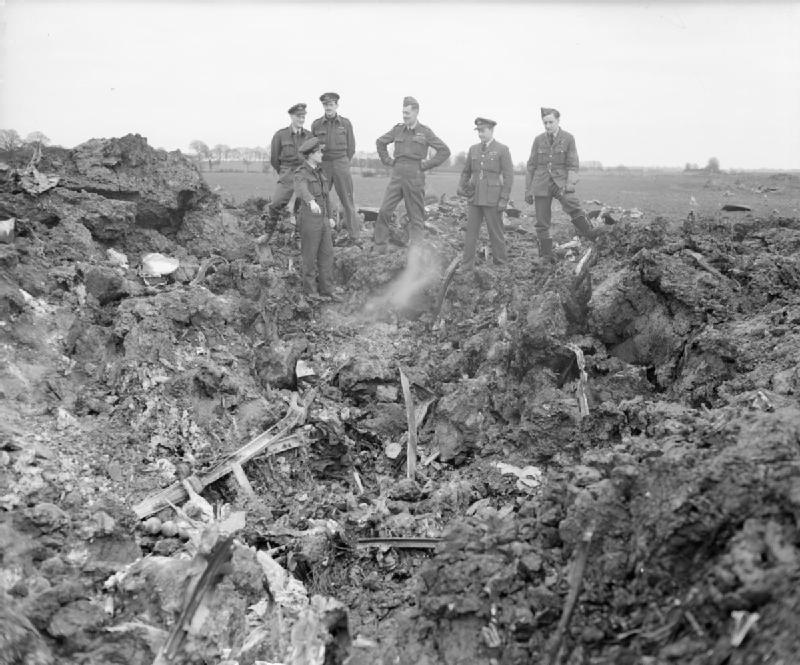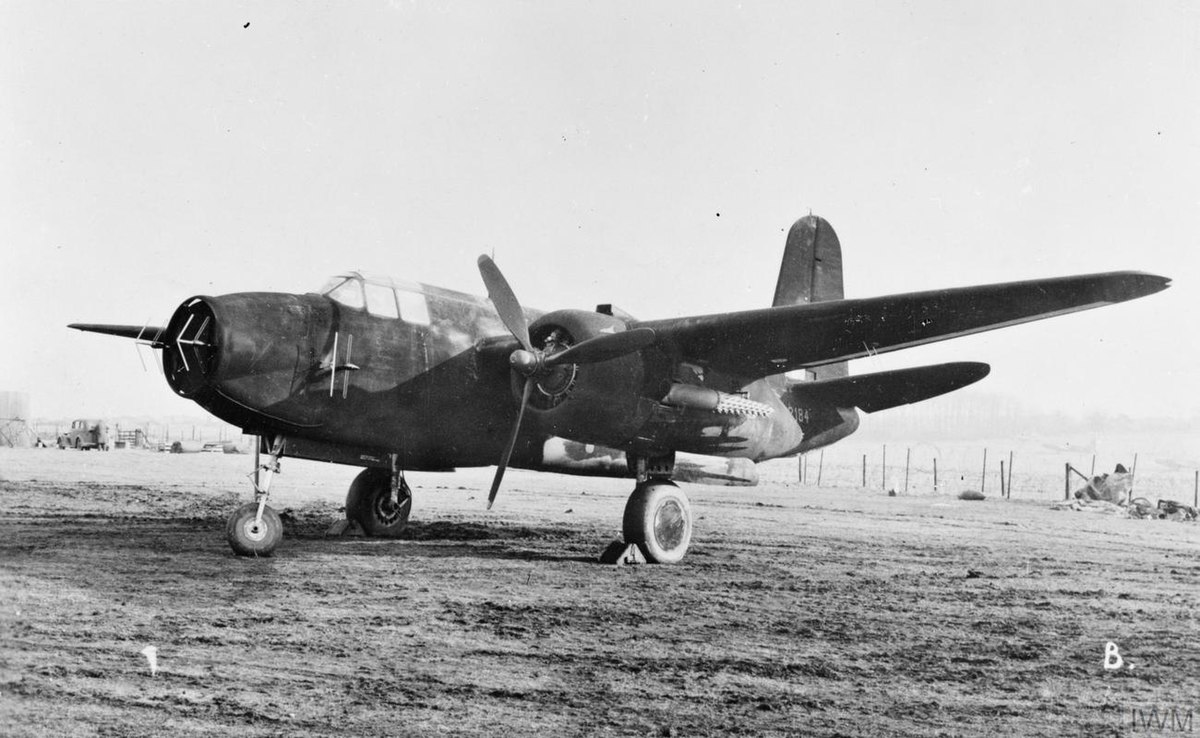Thumpalumpacus
Lieutenant Colonel
My vote for the worst US WWII aircraft goes to the Curtiss SO3C Seamew.
No Brewster Buccaneer?
Follow along with the video below to see how to install our site as a web app on your home screen.
Note: This feature may not be available in some browsers.
Ad: This forum contains affiliate links to products on Amazon and eBay. More information in Terms and rules
My vote for the worst US WWII aircraft goes to the Curtiss SO3C Seamew.
The Fisher Eagle was both terrible and great. It did great job of keeping GM out of the B-29 program.
No, I don't think it was a good thing at all.Is that a good thing?
Fisher were in charge of making an engine module to fit the V-3420 in place of the R-3350s. The resulting aircraft would be the B-39.
Spending the time on the XP-75 delayed the XB-39 so that it would only fly after most of the issues with the R-3350 were solved.
The XB-39 showed slightly improved performance with slightly reduced range.
Wasn't it phased out of production in '42? I think the Hurricane was produced well beyond that. Although I just read that they continually upgraded existing production in order to meet overseas orders.
problem with evaluating the Defiant as a night fighter is that NONE of the British night fighters were very successful until about March of 1941.
The Defiants "success" was pretty much pure luck, paid for the deaths of many crewmen flying hundreds of missions in the dark in crappy weather.
It is just that the claims of the Defiant's success seem to ring hollow.
Like we are supposed to overlook it's performance in the time because it was so good at night, except it wasn't much good at night either.
Trying things, like the Defiant, helped acquire the expertise. Keeping the experiments going for months/ years for little result wasn't adding anything.


I wonder even if teamwork tactics were devised and practiced would early war radios be able to hack the resultant complete attacks?"…… Aside from that little quirk, the idea of approaching a bomber from different approach vectors and directing fire in various directions is all very well and good in theory, but it requires a considerable amount of piloting skill and positioning in a extremely fast evolving set of circumstances……"
"……that the Bf 110s practised the same Lufbery Circle manoeuvre when attacked by multiple single-seaters."
Except they didn't get a kill every couple of weeks.One Defiant kill every couple of weeks or so was better than none at all.
Well, as mentioned earlier, scoring 4 kills a month (for all aircraft) in the fall of 1940 with the Germans flying 6,000 sorties a month (and a much worse intercept rate in the next 3 months) it was pretty low expectations. And since success at those odds was pretty much luck. (In Sept of 1940 there were 6 effective Blenheim Squadrons and 3 effective Defiant Squadrons. Only 1/3 of the Blenheims had radar.The Defiant surpassed expectation simply because it was able to record kills when the Beaufighter was suffering delay and the Blenheim and Havoc were almost useless.
Its range of 50 miles and its ability to melt/fry its pilots and groundcrew are also factorsThe Me163 hardly qualifies for that list unless it's failure to produce combat results out of 300 built is a factor.
Well, they only built 136 Rocs.At least the Daffy had a better kill record than the Blackburn Roc - which shot down one aircraft during it's career.
The floatplane version of this plane was so slow it couldn't do low level turns for fear of stalling.At least the Daffy had a better kill record than the Blackburn Roc - which shot down one aircraft during it's career.
I cannot begin to imagine the embarrassment and shame the Ju88 pilot must have endured for allowing that to happen...
Except they didn't get a kill every couple of weeks.
Over the winter it was closer to a kill every couple of months.
And those kills were spread out between the several different types of night fighters, so the Defiants weren't scoring much at all.
the Defiant's tale of success is on very thin ice and it depends on careful editing of the dates.
Most successful in which months?
They built 1064 Defiants. Yes they shot down more than eight planes but both planes contributed more as trainers and target tugs than they ever contributed in combat.

I wonder even if teamwork tactics were devised and practiced would early war radios be able to hack the resultant complete attacks?
We did this back in Sept of 2018.You're missing the point. Again, and compared to what? Intercept to kill ratios were not high across the board for non radar equipped night fighters in that period. In fact, between September 1940 and April 1941, Defiants shot down more enemy aircraft than radar equipped Blenheims and Havocs.
Does it matter? It was there in numbers and the reason for that lack of ability in your specified time period was (and I guess I am having to repeat myself because someone is ignoring the situation and seeing it from his own jaundiced point of view) systemic because of the conditions under which the aircraft operated. It wasn't the fault of the Defiant that more kills were not scored. It was operational and circumstantial, nothing to do specifically with the Defiant.
"Doesn't matter what you say! I Don't Like it! So There!"
Since you are so certain of this, let's see a break down of British night fighter kills within that period by Defiants, Blenheims, Hurricanes, Havocs and Beaufighters. in the years of 1940/1941.